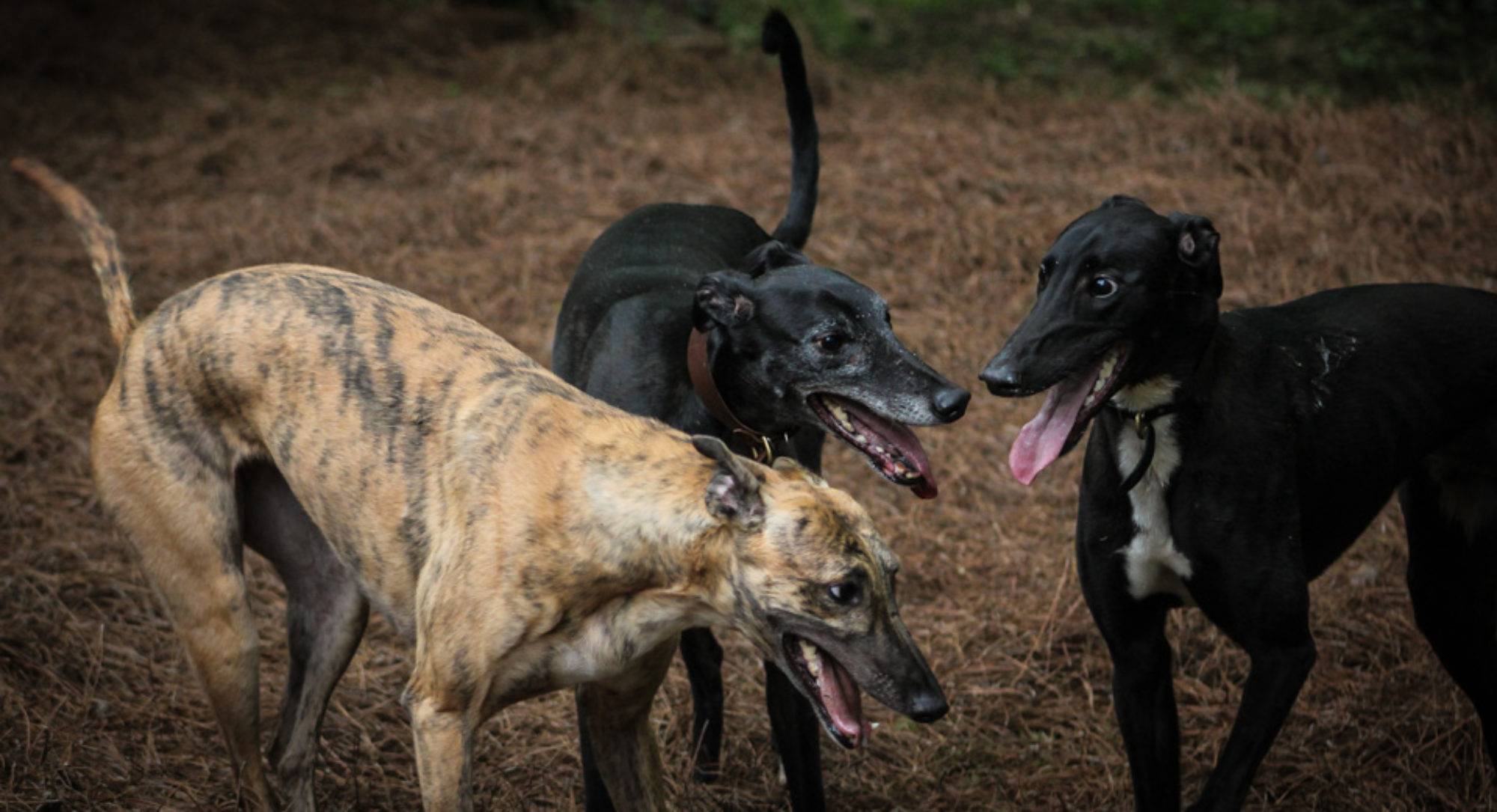Like I have said previously, I am a nurse and a researcher. I like to figure out why things do what they do. When I got Jethro I was amazed by the difference in laboratory (lab) valves in greyhounds and non-greyhound dogs.
I searched the Internet looking for studies to show why the difference existed. I recently found a literature review that does a good job with this but it is very science driven and not accessible to most greyhound owners.
Due to the numerous differences in the greyhound and non-greyhound labs, I am going to do a lab series on the blog looking into the different abnormalities.
Today I am going to dive into the red blood cell values of the greyhound.
First, let’s talk about the red blood cell (RBC) or erythrocyte. The RCB is the most common cell in the body. It is disc-like cell that looks like a jelly doughnut with the jelly squeezed out. RBCs are important because they house hemoglobin (Hgb), which carries oxygen to the body. Hemoglobin is a protein within the RBC. The hemoglobin molecule accepts oxygen from the lungs and carries it throughout the body, bringing nutrient rich blood to our organs. The hematocrit (Hct) is a measurement of the volume of RBCs in the body—this value is needed to get an accurate hemoglobin measurement. There are two additional RBC values that are different in non-greyhounds and greyhounds. They are the Mean corpuscular volume (MCV) and the Mean corpuscular hemoglobin (MCH). The MCV measures the size of the RBC and the MCH measures the color of the cell.

That is very basic RBC science. Let’s now talk about the abnormalities in the greyhound’s valves and what they could mean. Greyhounds have higher RBC counts. The higher RBC cases an increase in Hgb concentrations and Hct. These higher values allow for oxygen to reached stressed muscle cells quicker. Initially selective breeding, training, and racing were deemed the cause of these changes; however, there are additional studies looking at other possible causes.
An argument against training and racing as a cause for these changes was completed looking at Hemoglobin and Hematocrit values in 5-6 month greyhounds and 9-10 month greyhounds. This study showed that at 5-6 month the greyhound Hbg and Hct were not much different from non-greyhound dogs and much lower than the greyhounds in the 9-10 months group. They then looked at the 9-10 month group vs. 12-13 month greyhounds. The differences in Hgb and Hct at 9-10 months vs. 12-13 months were statically insignificant, suggesting that at 9-10 months greyhounds have adult lab valves.

On the other hand, there are studies to suggest that selective breeding is the cause for these changes. The hemoglobin molecule in the greyhound has a higher affinity for binding to oxygen. These studies also found unique amino acids mutations on the Hgb to allow for enhanced oxygen-binding capacity.
You may be asking, how would breeders know this and know which greyhounds to breed? Most likely the early dogmen breed greyhounds to be hearty, fast, and recovery quickly to hunt again whenever new quarry was seen. This need for fast recovery influenced breeding practices, meaning that these hounds that were able to recover quickly again had higher RBC counts and more efficient hemoglobin. These factors are still considered in breeding programs today – talk to any dogman or woman and they will tell you that test-mating or selecting a breeding pair is a time-consuming task with lots of consideration.

Another interesting fact about greyhound RBC valves is the lives of their RBCs. In non-greyhound dogs, the life of the RBC is around 100 days. In Greyhounds the life of the RBC is about 50 days. There are multiple theories about why this is. Some believe that greyhounds trap their RBCs in their spleen; however, there is no proof to this theory. Another theory is that the greyhound’s immune system selectively rids its self of older cells, but again this needs to be studied further for more clarity.
Greyhound’s blood counts also show elevated MCV or large RBCs. This was thought to be related to elevated reticulocytes (immature RBCs) in the blood but that is not the case. The increased size is breed specific and most likely due to the higher hemoglobin content within the RBC. This would allow for more oxygen to reach the muscles and allow for continued activity.
I hope that after this review you have a better understand of the RBC and why it is different in the greyhound. As I had said before greyhounds are special dogs that do special things. I think it is fitting that their labs are special too! Check in later this week for differences in WBCs and Platelets in greyhounds.

